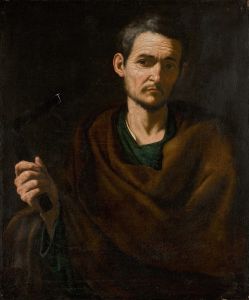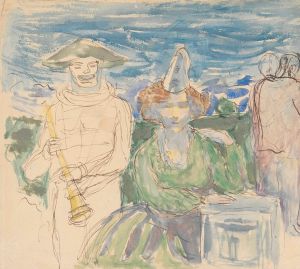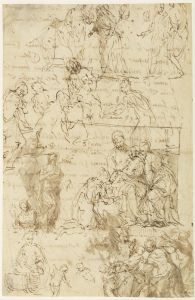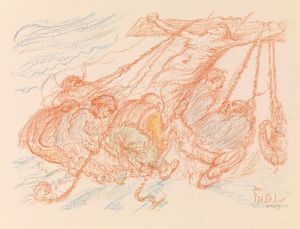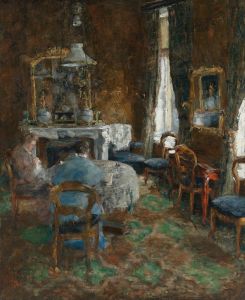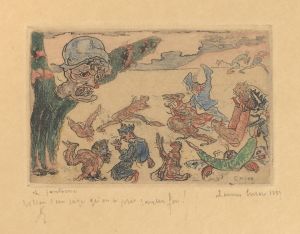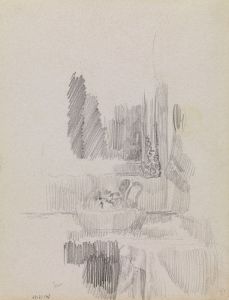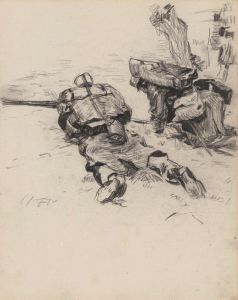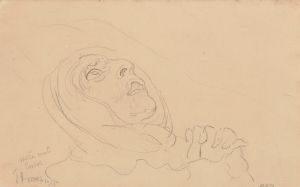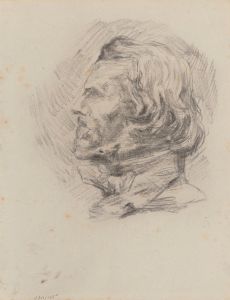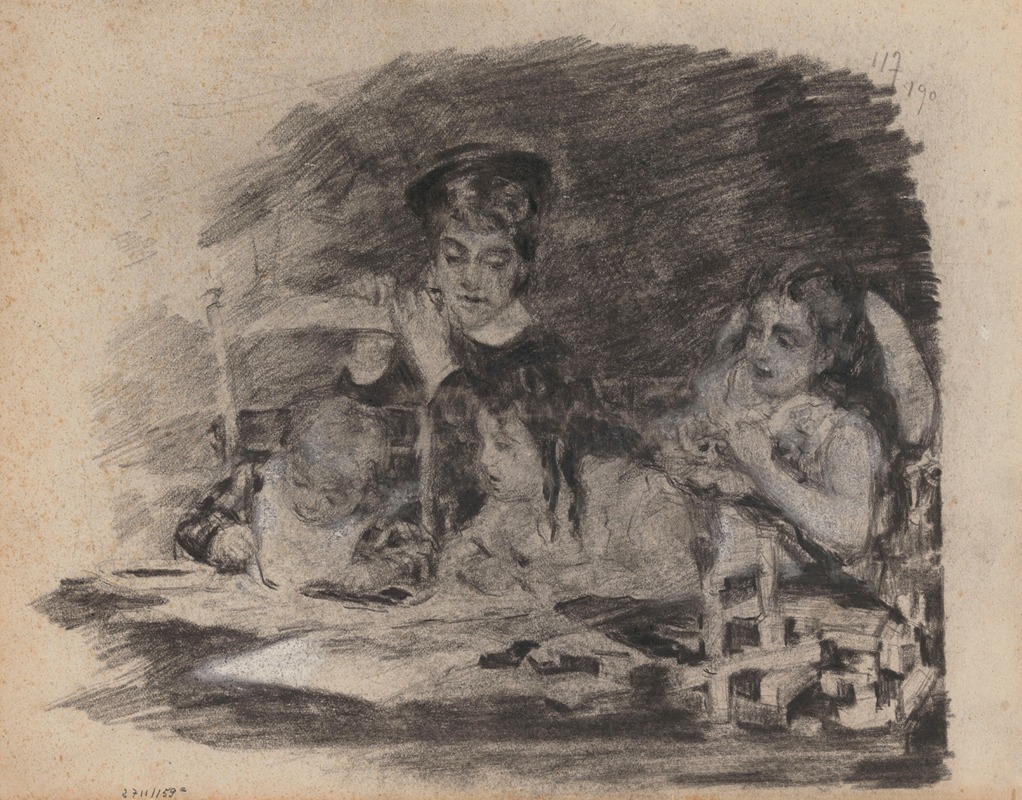
The Master Painter
A hand-painted replica of James Ensor’s masterpiece The Master Painter, meticulously crafted by professional artists to capture the true essence of the original. Each piece is created with museum-quality canvas and rare mineral pigments, carefully painted by experienced artists with delicate brushstrokes and rich, layered colors to perfectly recreate the texture of the original artwork. Unlike machine-printed reproductions, this hand-painted version brings the painting to life, infused with the artist’s emotions and skill in every stroke. Whether for personal collection or home decoration, it instantly elevates the artistic atmosphere of any space.
"The Master Painter" is a notable work by the Belgian artist James Ensor, who was born on April 13, 1860, and died on November 19, 1949. Ensor is widely recognized for his unique and often surreal style, which combines elements of symbolism and expressionism. His works frequently explore themes of death, masks, and the grotesque, reflecting his fascination with the macabre and the absurd.
"The Master Painter" was created in 1917, during a period when Ensor had already established himself as a significant figure in the art world. This painting is an excellent example of Ensor's distinctive approach to art, characterized by its vibrant colors, intricate details, and complex compositions.
In "The Master Painter," Ensor presents a self-portrait, depicting himself as a grand and somewhat eccentric figure. He is shown wearing a lavish, elaborate costume, complete with a feathered hat and a richly decorated robe. This self-aggrandizing portrayal is typical of Ensor's work, where he often inserted himself into his paintings in various guises, sometimes as a Christ-like figure or a king.
The background of the painting is filled with a chaotic array of figures and objects, including skeletons, masks, and fantastical creatures. These elements are recurring motifs in Ensor's oeuvre, symbolizing the artist's preoccupation with the themes of mortality and the human condition. The use of masks, in particular, reflects Ensor's interest in the idea of identity and the facades people present to the world.
Ensor's technique in "The Master Painter" is notable for its bold use of color and dynamic brushwork. He employs a vivid palette, with bright reds, blues, and yellows dominating the composition. This use of color enhances the surreal and dreamlike quality of the painting, drawing the viewer into Ensor's imaginative world.
The painting also demonstrates Ensor's skill in creating complex, multi-layered compositions. The crowded scene is meticulously detailed, with each figure and object carefully rendered. This attention to detail invites viewers to spend time exploring the painting, discovering new elements and meanings with each viewing.
"The Master Painter" is housed in the Royal Museum of Fine Arts in Antwerp, Belgium, which holds an extensive collection of Ensor's works. The museum's collection provides a comprehensive overview of Ensor's artistic development, from his early realist works to his later, more fantastical creations.
James Ensor's influence on modern art is significant, with his work inspiring later artists such as the German Expressionists and the Surrealists. "The Master Painter" is a testament to Ensor's innovative spirit and his ability to blend reality with fantasy, creating a unique and enduring artistic legacy.






